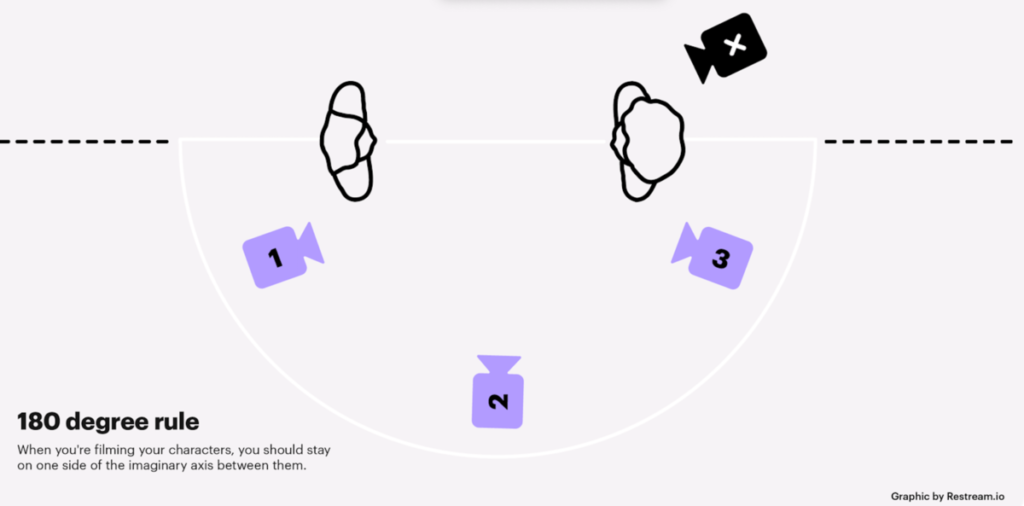We’re ready to dive into the world of film editing, a vital component that breathes life into cinematic narratives. Building on our previous exploration of cinematography in Chapter 5, which delved into capturing visually captivating scenes, Chapter 6, “The Relation of Shot to Shot: Editing,” takes us further into the art of shaping a story through editing.
Continuity editing is a cornerstone technique in film production. Emerging at the turn of the 20th century, it has shaped how filmmakers tell stories on screen. This approach centers around the seamless arrangement of shots to ensure a clear and coherent narrative flow. Supported by specific strategies in cinematography and mise-en-scène, continuity editing became a widely embraced style by the late 1910s. Continuity editing is achieved by carefully considering various dimensions of editing, including graphic qualities, rhythm of cutting, and spatial continuity.
Graphic qualities are maintained from shot to shot, with elements like figures balanced and symmetrically arranged within the frame. Additionally, the overall lighting tonality remains consistent, ensuring a smooth visual transition from one shot to the next. This continuity of visual elements helps the audience follow the narrative without unnecessary distractions.
The rhythm of cutting is adjusted according to the scale of the shots. Long shots are held on screen for a longer duration compared to medium shots, which receive more screen time than close-ups. This deliberate pacing allows viewers to absorb broader views containing more intricate details. Conversely, scenes with accelerated editing, like intense action sequences, often favor closer views for quicker processing.
A critical concept within continuity editing is the 180° system, which serves as a foundational framework for spatial continuity. This system revolves around the axis of action, an imaginary line along which any action in a scene occurs. Filmmakers meticulously plan, stage, shoot, and edit shots to maintain this axis from one shot to the next. This ensures that the relative positions of characters within the frame remain consistent, even as the camera angle changes.

In essence, continuity editing serves as a cinematic language facilitating clear and effective storytelling. Adhering to these principles, filmmakers guide the audience’s understanding of spatial and temporal relationships, enhancing the immersive experience of the narrative.